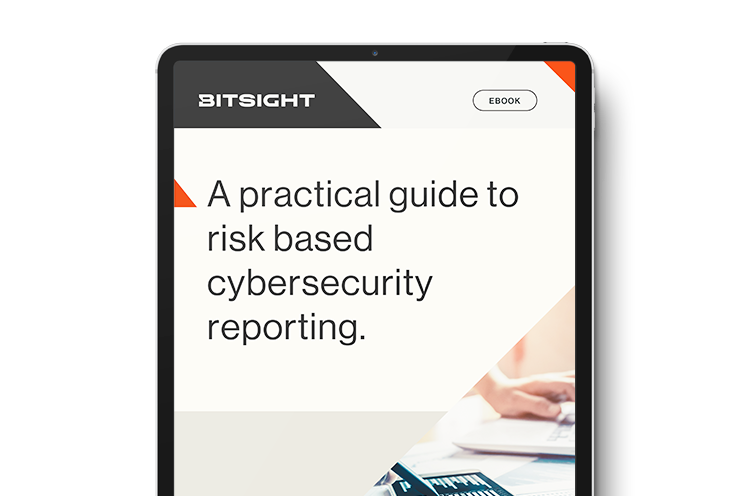Risk-based reporting is vital for internal communication about cyber risk performance management
As budgets decrease and teams continue to adapt to our “new normal” operating environment, it’s more important than ever to have a strong strategy in place for assessing, monitoring, and reporting on cyber risk performance management over time.
Key to achieving this is ensuring effective communication between different levels of your organization – from practitioners to managers to the C-suite and the Board. This can mean the difference between secure systems and massive incidents.
Cybersecurity reports, far from being a formality, are the control mechanism of this communication.
By taking a risk-based approach to cybersecurity reporting, you can assess cyber risk performance management based on actual exposure to cyber threats, provide actionable context, highlight the value of your cybersecurity efforts, and ensure you’re getting the most out of your limited time and resources.
The importance of reporting for effective cyber risk performance management
Risk-based cybersecurity reporting – as opposed to comprehensive, compliance-based, or incident-based reporting – is the approach best suited to reducing your organization’s exposure to cyber threats. Following a risk-based approach to cybersecurity reporting can help individuals and teams at all levels of focus on the most significant issues without falling victim to alert fatigue and ignored warnings.
There are certain factors that can help determine if any cybersecurity report is effective:
- Does the report convey actionable information in context?
- Is the report concise enough that key findings don’t get buried?
- Is the language clear enough for a non-technical audience to understand?
- Does the report relate findings back to cyber risk?
The last question is the most important because it forms the basis of a risk-based approach to cybersecurity performance management.
What is risk-based cybersecurity reporting?
Metrics presented in a vacuum are rarely actionable. What does it mean, for example, that your firewall has stopped 1,500 intrusions this month? Is that a lot, or a little? A risk-based cybersecurity report delivers findings in context, helping the recipient understand what role a number plays in the overall risk landscape of the organization.
That context may include:
- Past performance: What were these same numbers like last month, or last quarter? Are you improving or getting worse over time?
- Risk concentration: How are different business units and subsidiaries across your organization performing?
- Industry benchmarks: How does your performance compare to your peers and competitors?
- Financial quantification: What’s at stake financially with your current risk posture?
- Cybersecurity frameworks: How do your findings align to cybersecurity frameworks for your industry.
With the appropriate context, practitioners, managers, executives, and Board members can all make more confident decisions about cyber risk performance management. Armed with this information, they can assign the appropriate resources to the projects most likely to reduce risk across the organization.
Download our ebook for more insights on:
- The core elements of risk-based reporting
- How to present metrics in context for maximum impact
- Specific approaches for Board members, executives, managers, and practitioners
